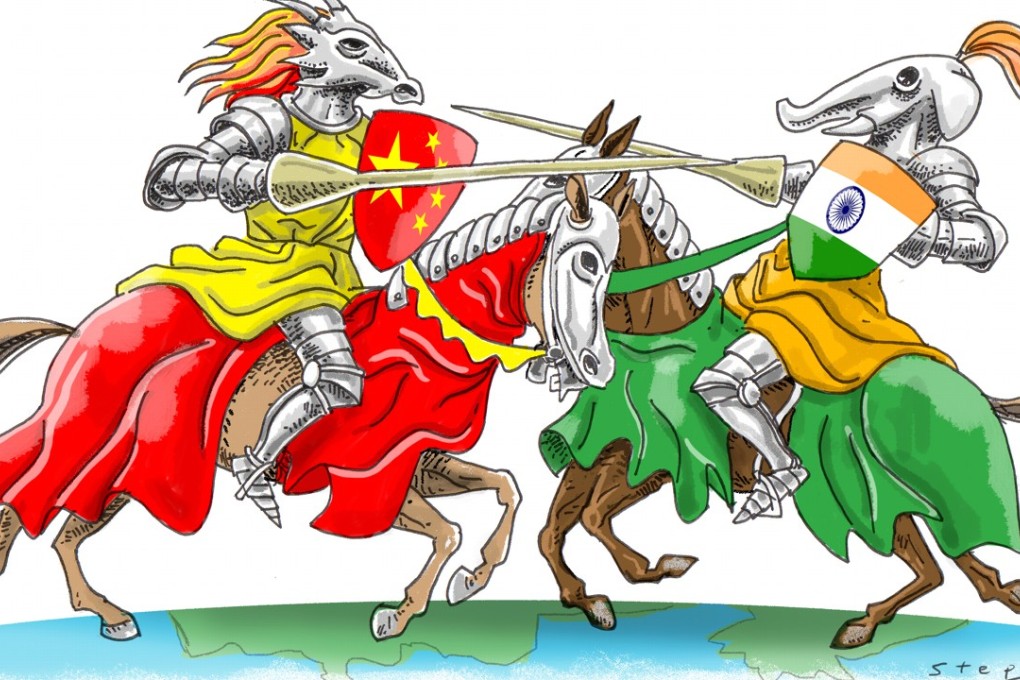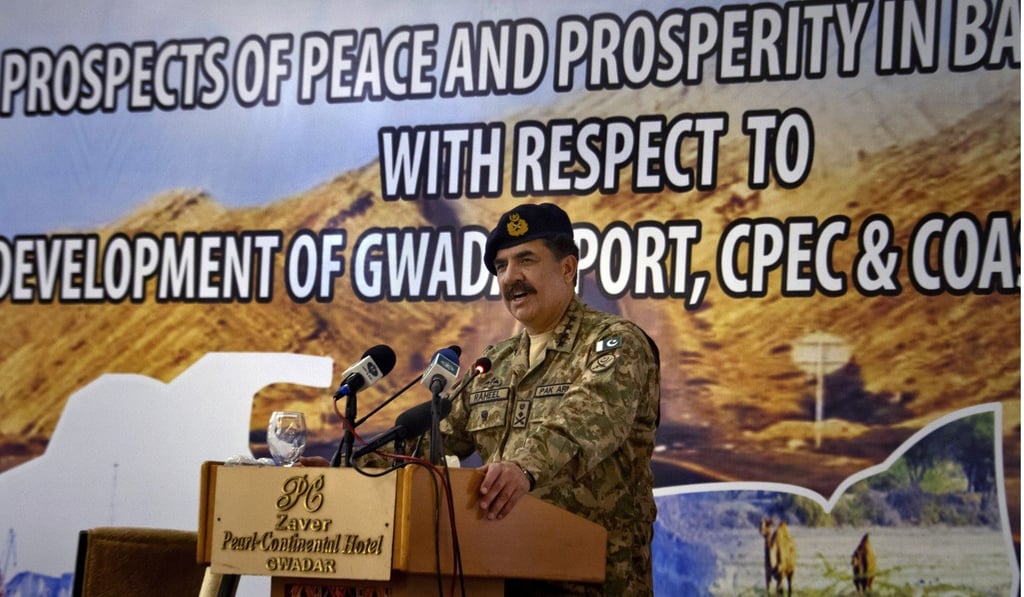Advertisement
China’s clout grows in South Asia, but can India raise its game?
Harsh V. Pant says the Chinese offers of economic cooperation and infrastructural development in India’s own backyard are reshaping regional relationships, and are a test of India’s own global ambitions
Reading Time:4 minutes
Why you can trust SCMP
0

The past year has marked a turning point in Sino-Indian relations in more ways than one. If 2017 began with India taking a strong stance against China’s ambitious “Belt and Road Initiative”, it ended with China’s tightening grip in South Asia. In between was the 73-day long Doklam stand-off between Asia’s two giants. The year’s events underscore the challenges for this bilateral relationship in ways few would have anticipated in the recent past. India and China increasingly jostle with each other for strategic space. And South Asia is fast emerging a theatre of Sino-Indian rivalry.
China made an ambitious move in December by hosting the first trilateral meeting with the foreign ministers of Pakistan and Afghanistan. Afghan Foreign Minister Salahuddin Rabbani and Pakistan Foreign Minister Khawaja Asif joined their Chinese counterpart Wang Yi in Beijing, where they reportedly agreed to work together to tackle the threat of terrorism. From China’s perspective, such terrorism is intricately linked to the security of its restive Xinjiang region. Beijing also gave a push to the Afghanistan peace process, in limbo since 2015.
India and Asean look to each other to balance against China’s rise
Garnering much attention is the suggestion that China and Pakistan consider extending their US$57 billion China-Pakistan Economic Corridor to Afghanistan. The Chinese foreign minister publicly expressed hope that the economic corridor could benefit the whole region and act as an impetus for development, but China’s moves were aimed at India, which has been steadfast in its refusal to accept the economic corridor.

Over the years, China has managed to tighten its economic bonds with India’s neighbours. The Maldives became the second country in South Asia, after Pakistan, to enter into a free trade agreement with China late last year. After Xi Jinping’s visit to the Maldives in 2014, the first by a Chinese president, the nation officially became part of the “21st century Maritime Silk Road”. China quickly expanded its economic profile in the Maldives by building mega infrastructure projects, including development of Hulhule and a bridge connecting Male to the country’s main international airport.
Maldives signed off on China trade deal with just an hour’s debate over 1,000-page agreement
India’s ties with Nepal have also entered a difficult phase with the decisive victory of the coalition of the Communist Party of Nepal (Maoist Centre), and the Communist Party of Nepal (Unified Marxist Leninist), led by Khadga Prasad Sharma Oli. Soon after his victory, Oli visited the border with China in Rasuwagadhi and declared that the Rasuwagadhi-Kerung border point, the only transit point between Nepal and China, would be upgraded to international standards. This is an implicit challenge to India, which has been Nepal’s principal link to the world.
China is a reality for Nepal, a fact that India must accept
Advertisement